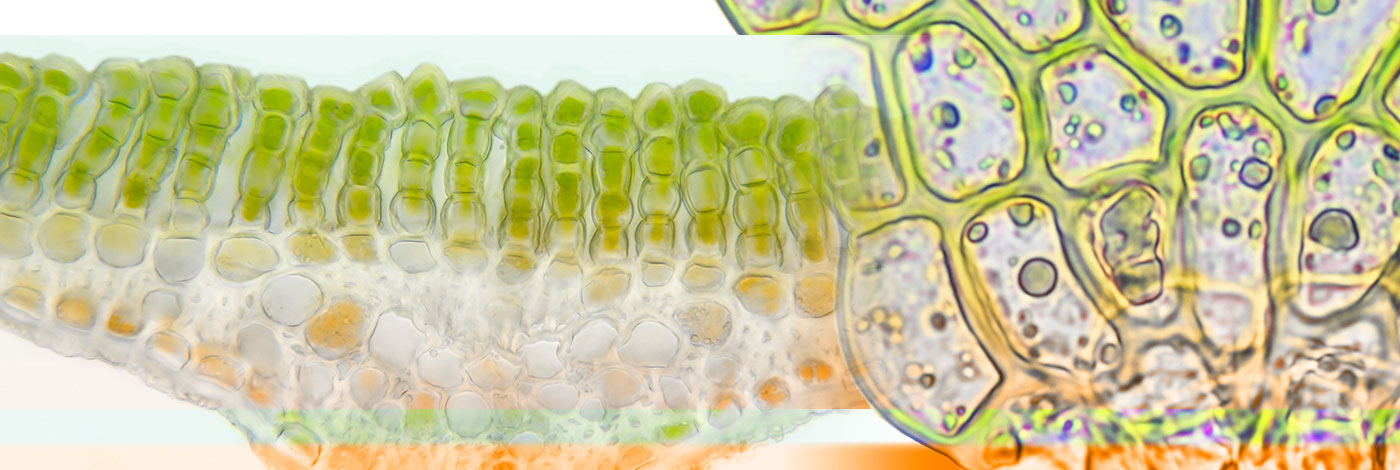
 Cryptogamie, Bryologie
28 (2) - Pages 93-102
Cryptogamie, Bryologie
28 (2) - Pages 93-102The common weft-forming moss species Pseudoscleropodium purum (Hedw.) M.Fleisch. was periodically collected at two low mountain range monitoring stations differing in their rates and courses of atmospheric nitrogen deposition. The study explored possible associations between N deposition, its composition and its seasonal variation on one hand and changes in bryophyte tissue N and δ15N on the other. Significant seasonal differences of tissue N concentration were clearly linked with the courses of bulk N deposition. Moreover, there were negative correlations between the ratio of NH4+-N / NO3-- N in deposition and the bryophyte δ15N. The results suggest a strong dependence of Pseudoscleropodium purum on atmospheric nutrient supply. Furthermore, the isotopic composition of the moss tissue reflects seasonal variations in the composition of N deposition which are probably due to fluctuations of the different anthropogenic N emissions. It is concluded that seasonal variations in tissue nitrogen concentration and δ15N must be taken into account when using mosses as bioindicators for atmospheric N deposition.